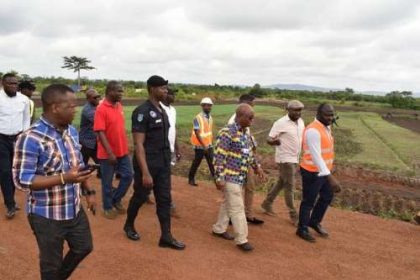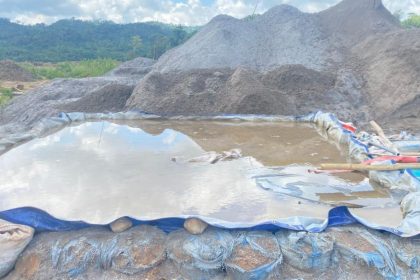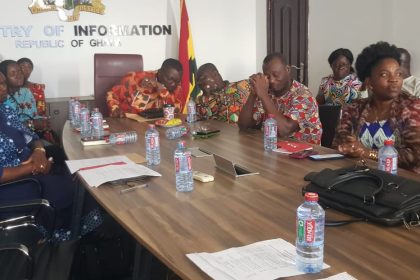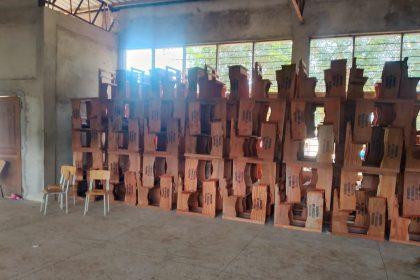Madam Ebi Bright, the Tema Metropolitan Chief Executive, has directed the declaration of public installations and places as security zones.
This was contained in an explanatory note on the enforcement of development control issued to assembly members by the MCE and available to the Ghana News Agency (GNA).
“The Mayor has directed that all schools, hospitals, security installations, government premises and environs, and service utility corridors be declared Security Zones,” it stated.
The move, according to the TMA, meant, no temporary structures (kiosks, containers, etc.) were permitted along the fence walls, buffer areas, corridors, or access routes of these facilities.
This forms part of a comprehensive eight-month plan to reorganise temporal structures in the metropolis in line with the MCE’s agenda to restore order in Tema, improve safety, and protect the livelihood of traders.
It stated that the zones were important because they would ensure children’s safety and help to shorten the response time for emergencies.
“The Assembly is acting under the Local Governance Act, 2016 (Act 936), Sections 94-97 & 106, which empower Assemblies to stop and demolish unauthorised development. The Land Use and Spatial Planning Act, 2016 (Act 925) and the Regulations, 2019 (L.I. 2384) grant authority to enforce zoning, buffer zones, and public safety requirements. TMA Bye Laws (2018 & 2019) prohibit obstruction, nuisance, and unlicensed trading structures.”
The TMA explained that even schools must remain safe learning environments; temporary structures around fence walls created congestion and served as hiding spots for criminal activity, which distracted teaching and learning.
According to the assembly, hospitals and clinics must be reachable by ambulance, fire service, and emergency responders, therefore, temporary structures along their perimeter walls block access routes and endanger lives.
Encroachment, the assembly stated, made it difficult to protect lives and properties in times of emergency, stressing that assembly offices, courts, and civil service facilities must remain accessible to serve the public, and encroachment undermines the dignity and efficient operation of these institutions.
“High-tension poles, transformers, water pipelines, sewage systems, and underground telecom/fibre lines are considered critical infrastructure. The siting of temporary structures near this infrastructure exposes people to all forms of health hazards, such as contamination, fire, electrocution, etc., and also causes a disruption in the provision of essential services.
These buffer zones must remain clear from all forms of encroachment to provide for uninhibited access in the case of any eventuality.”
GNA






